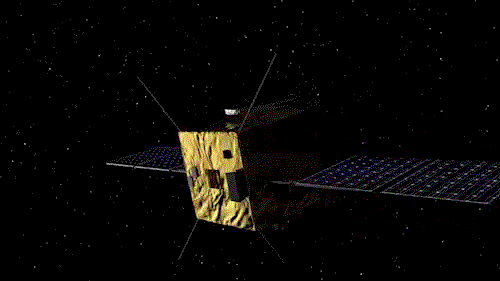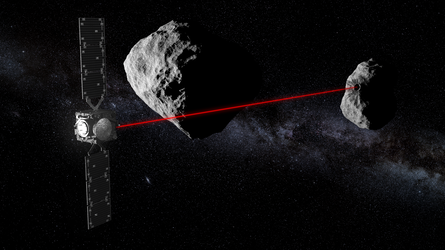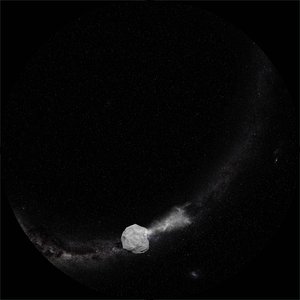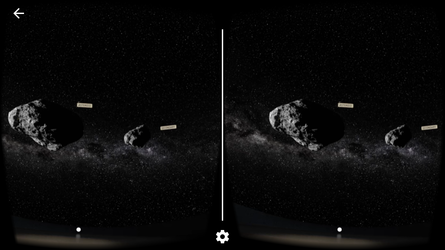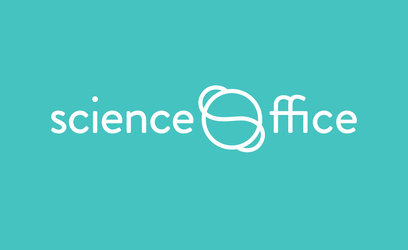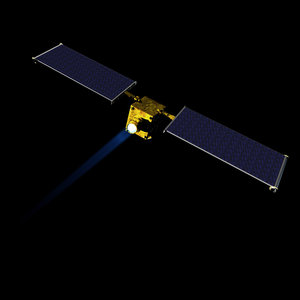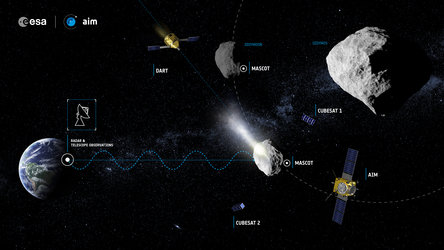The making of....
Making a movie about a project that is still in the preliminary preparations phase. This is what we expected from the team at Science Office almost two years ago now. The movie had to be scientific with cutting-edge technology but visually appealing enough for a broad audience. Not an easy task.
The project in question is the ESA AIM mission proposal set to be launched in 2020 to a binary asteroid, called Didymos. When approved, the mission will study Didymos from up close and it will watch NASA's DART spacecraft impact the smaller of the two asteroids. AIM is in fact part of a wide international cooperation with NASA, called AIDA, and it will also include a micro-lander and two smaller releasable payloads, called cubesats.
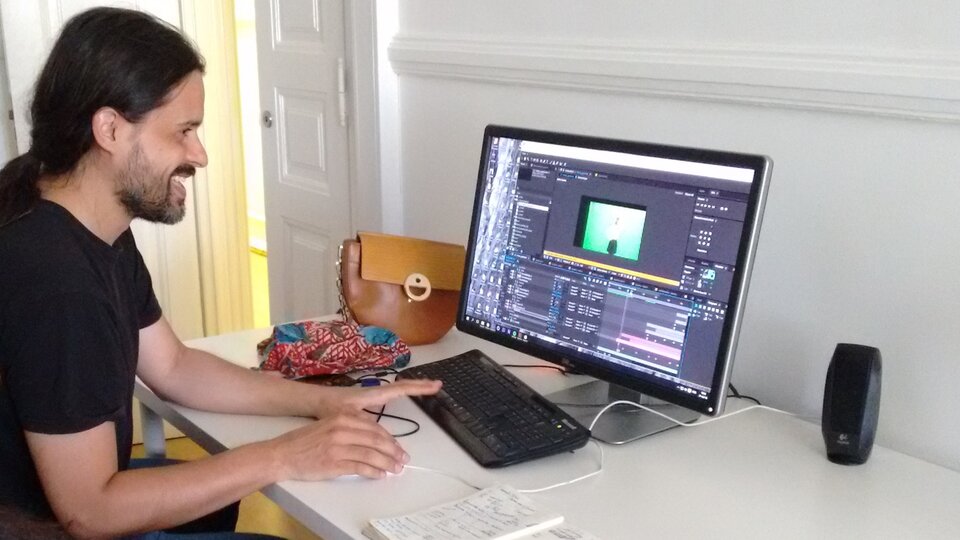
Only some 3D drawings of the preliminary spacecraft were at hand and the binary asteroid itself had to be modeled from available scientific data. All computer simulations were honed throughout the process. With this information and using the ESA-proposed script, based on the mission objectives, the Science Office team set to work. Mariana Barrosa, the team leader, was in close contact with the ESA liaison officer to talk through the script and make changes where needed.
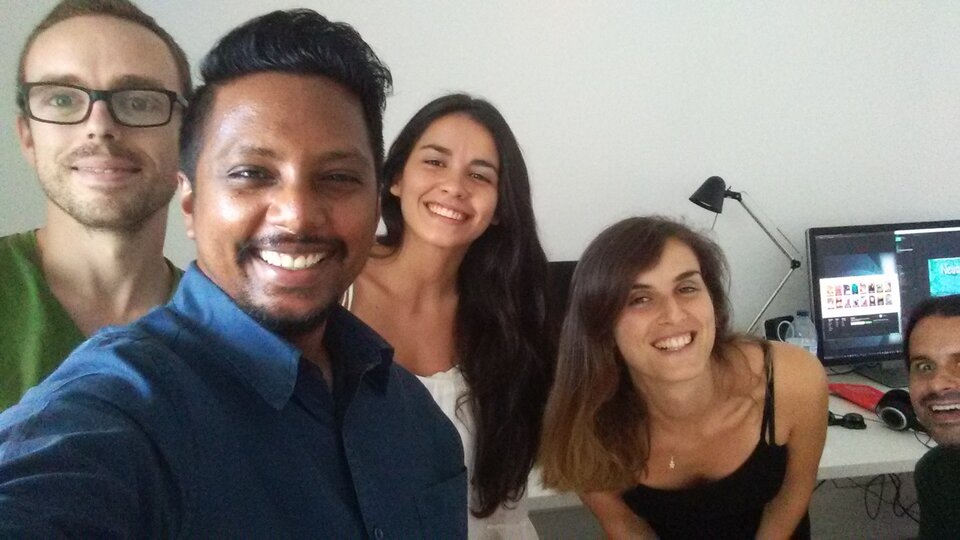
The Science Office graphics team built all the visual elements based on the existing information but since AIM has not happened yet, they looked for references in other space missions. They also relied a bit on their imagination… no mission has ever flown so close to such a small binary system! Once all the visuals were complete and the animations produced according to the flow and rhythm of the script, it was time to find the right voice for the narration and to write the soundtrack, crucial elements that made this film so popular.
The result was an excellent movie that was selected for several major Science Film Festivals and has another chance to win an award at the upcoming European Science TV and New Media Festival in early December. The voice-over of the movie has been translated in several European languages and can be viewed from the AIM mission pages on the ESA portal or from the ESA youtube channel.
One of the objectives of the AIM mission proposal is to see whether a deflection technique called kinetic impact would work as simulations show, in case one day our life on Earth is threatened by an asteroid. The AIM team has received unprecedented support from the Asteroid Day community.
Asteroid Day is an organisation aimed at fostering awareness and education about asteroids and in particular the possible ways to mitigate an asteroid threat. In this context, Discovery Science has used snippets of the film in the blockbuster documentary “Man vs. Asteroid” released last June 30th during “asteroid day” (a yearly event organised worldwide to commemorate the largest asteroid impact in recent history, the one in Tunguska, Siberia in 1908).
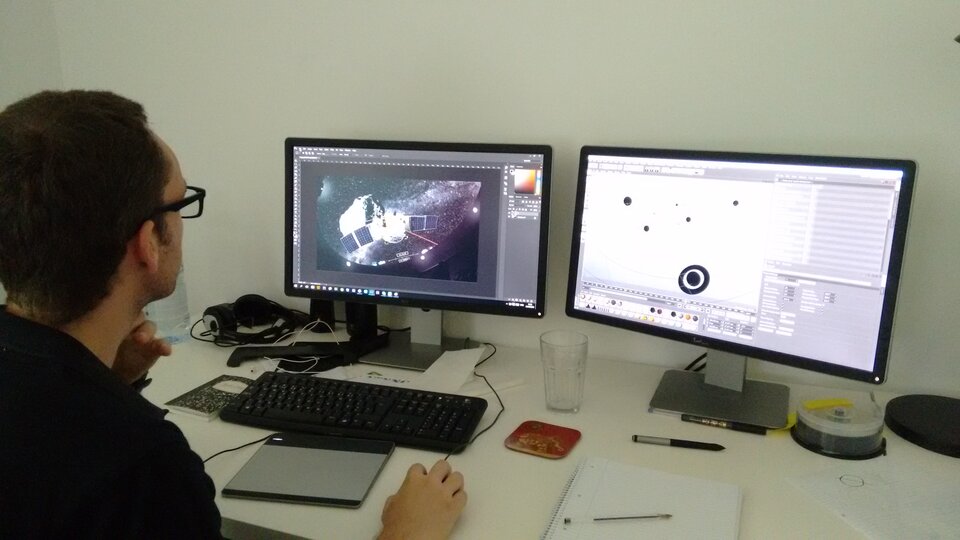
For the Asteroid Day events the Science Office team also made available a full-dome version of the film for use in planetariums all over the world and for the 2016 ESTEC open day a Virtual Reality version was distributed via the ESA youtube channel that can be watched with a smartphone and VR glasses. These applications are just a few examples of what can be done in terms of science communication and outreach to inspire future generations in pursuing careers in space.


